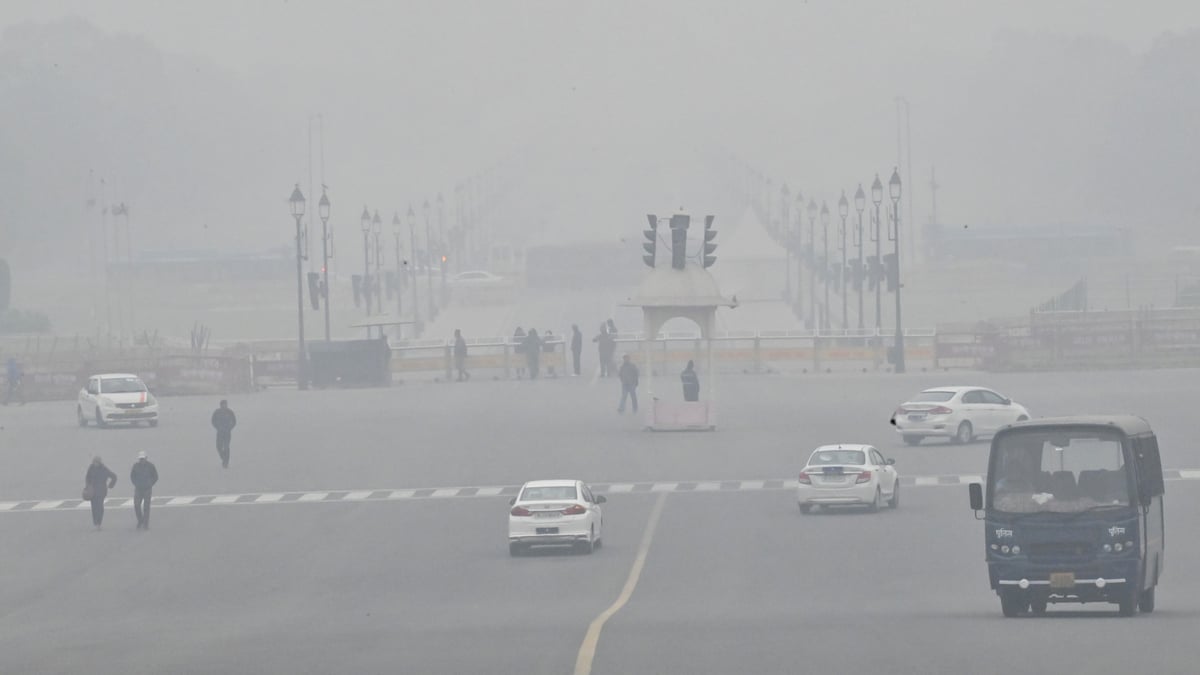New Delhi: Delhi residents awoke to yet another foggy morning with a dense white veil (smog) enveloping the city. The Central Pollution Control Board (CPCB) reported that the air quality index (AQI) at 6 am was measured at 432, placing it in the “severe” category. The city additionally noted the season’s lowest daytime temperature, as the highest temperature fell from 32.8°C to 27.8°C within a single day, worsening the circumstances.
Air Travel Faces Setbacks
Reduced visibility caused by thick smog is expected to affect flights to and from several cities near Delhi. At 5:30 am, both Amritsar and Pathankot airports in Punjab had no visibility. At 7 a.m., visibility at Gorakhpur airport in Uttar Pradesh fell to zero.
Are Schools Closing?
As Delhi struggles with ‘hazardous’ air pollution, the Bharatiya Janata Party urged the Delhi government on Wednesday to promptly shut down all schools for children up to Class 5. The party criticised the Aam Aadmi Party (AAP) for permitting the city to turn into a gas chamber.
Speaking at a press conference, Delhi BJP chief Virendra Sachdeva stated that private and government schools need to be closed for children’s safety due to the alarming air pollution levels in the national capital and nearby areas.
Delhiites Are Annoyed
Delhi’s air quality has dropped to a severe level, with AQI readings surpassing 400. Residents voice anger about schools staying open and the absence of measures to tackle a persistent pollution crisis impacting health and quality of life.
Areas Across Delhi Record Alarming AQI Levels
Information from the Central Pollution Control Board (CPCB) reveals alarming AQI figures across different locations, with Anand Vihar at 473, Alipur at 424, and Ashok Vihar at 471. Other locations such as IGI Airport T3, Dwarka, Rohini, and Wazirpur also showed AQI levels deep in the “severe” category, highlighting the city’s persistent pollution issue.
Why Is Delhi’s Air Quality So Poor?
The extraordinary rise in pollution has been linked to several elements, such as thick fog and still air conditions. The Commission for Air Quality Management (CAQM) described the event as an “episodic” phenomenon connected to thick fog that retains pollutants and decreases visibility.

